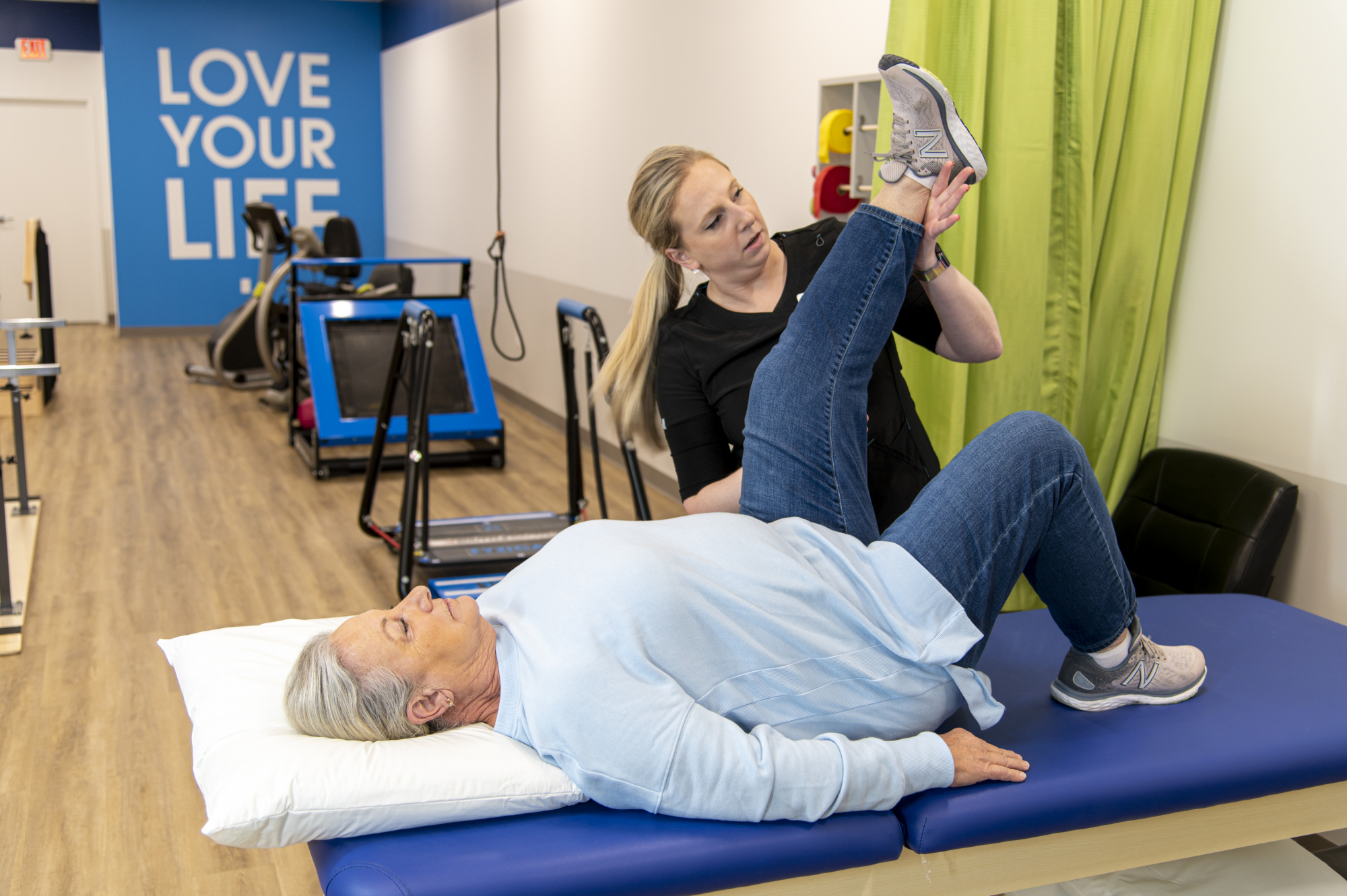Creating a work environment that promotes health and productivity is vital in modern rapid landscape. Ergonomics, the study of how workers engage with their office, plays a pivotal role in attaining this goal. By adopting key ergonomics-based principles, professionals can improve their comfort, reduce the risk of injury, and improve overall productivity in their daily activities. Recognizing and implementing these principles can lead to meaningful benefits for both staff and employers alike.
One of the primary actions in mastering ergonomics is to examine the workspace arrangement. This includes the organization of workstations, chairs, computers, and other resources. A seat should provide proper lumbar support, enabling the lower back to preserve its natural curve. The elevation of the work surface should be flexible so that when seated, elbows sit comfortably at a 90-degree alignment while working. Additionally, computer screens should be aligned at visual height to minimize neck tension. Thoughtfully organizing these factors establishes a basis for a productive office.

Another key aspect is the significance of physical activity throughout the day. Remaining in one position for too long can cause discomfort and wellness concerns. Therefore, it browse around here is advisable to incorporate routine rest periods into the work routine. Basic actions such as getting up, stretching, or taking a walk can help alleviate muscle strain and boost blood flow. Promoting workers to stay active not only improves their overall health but also enhances mental clarity and productivity during tasks.
Illumination in the workspace also holds an significant role in ergonomic design. check this link right here Insufficient lighting can cause eye strain and migraines, which can seriously affect performance. Natural light is ideal as it lowers glare and creates working conditions more comfortable. In its absence, using task lighting with soft light can enhance sight without causing discomfort. Ensuring that work environments are adequately lit contributes to establishing an setting that supports attention and efficiency.
Finally, supporting good habits concerning seating posture is vital for sustaining a productive office. Employees should be informed on the benefit of sitting up straight and positioning their legs comfortably on a footrest. Using ergonomic tools like arm supports or keyboard trays can further improve workplace support while completing activities. By fostering understanding about healthy alignment among the workforce, employers can create a workplace culture of wellness that drives increased efficiency and workplace satisfaction.
Ultimately, mastering ergonomic principles is vital for creating an efficient and well-balanced work environment. By reviewing office configurations, encouraging movement, enhancing workplace lighting, and fostering good posture habits, both staff and organizations can realize meaningful improvements. Investing time and resources into ergonomics not only supports employee wellness but also creates a stronger work environment as a whole.